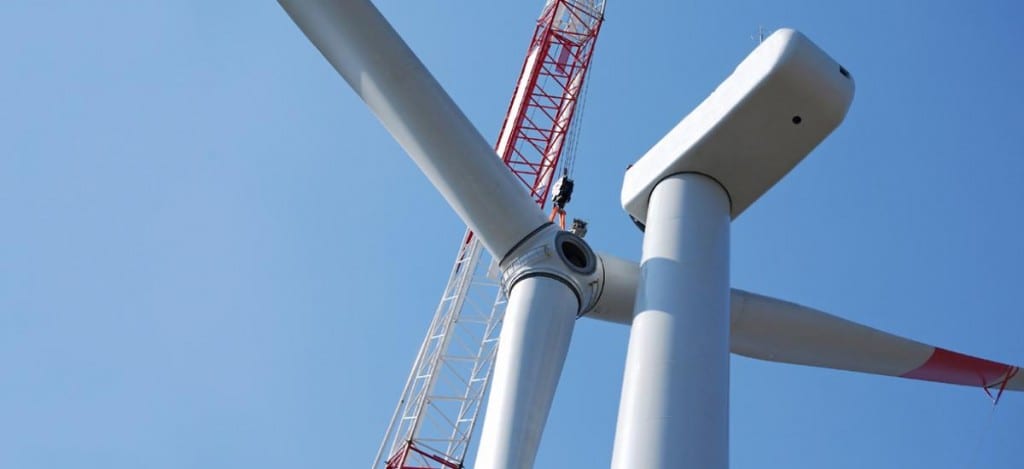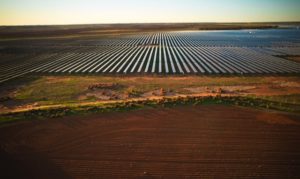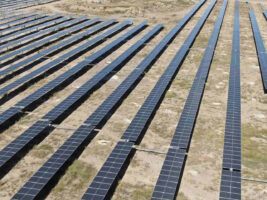(Note: The Australian Energy Market Operator has asked us to correct the information in this article, recognising that its CEO “misspoke” during the hearings in Canberra. Rather than an increase from 20 to 1,000 requests a month, AEMO now says enquiries about grid connections for new wind and solar plants have increased from “very few” to around 20 a week).
The Australian Energy Market Operator says it is seeing a phenomenal number of enquiries for new wind and solar projects across Australia, with the number of requests jumping sharply in recent months.
New CEO Audrey Zibelman, appearing in before a parliamentary committee on the modernisation of Australia’s electricity grid in Canberra on Friday, originally said that the number of requests had jumped to nearly 1,000 a month, from around 20, but AEMO later corrected this to say the jump was from “very few” to around 20 per week.

The huge increase in interest follows the plunging rate in the cost of wind and solar in recent years, and in recent months. Origin Energy recently signed a deal for the country’s biggest wind farm for around $55/MWh.
Development is also being pushed by the demands of the national renewable energy target, high wholesale electricity prices, and state-based initiatives.
“The cost of wind and solar are coming down,” Zibelman told the conference. “And they are easier to build (than fossil fuel generators). The developers are making economic decisions, they are not making environmental decisions.”
Ivor Frischknecht, the CEO of the Australian Renewable Energy Agency, said wind energy was being built at a cost of around $50-$60/MWh, and solar at $70-$80/MWh.
This compares with prevailing wholesale prices of between $80/MWh and over $100/MWh, driven by the high cost of gas and the surging prices at time of peak demand.
Zibelman’s estimates of connection inquiries follows revelations by the likes of Transgrid, who said that more than 6,000MW of large-scale solar farm requests had been made in the last 12 months in NSW alone.
In Queensland, there are dozens of solar projects already in construction or about to start, and many more seeking development approval and connection status.
In Victoria, the government’s state-based target will require some 5,000MW of new wind and solar to be built over the next eight years, although network constraints will influence where and when these are built.










